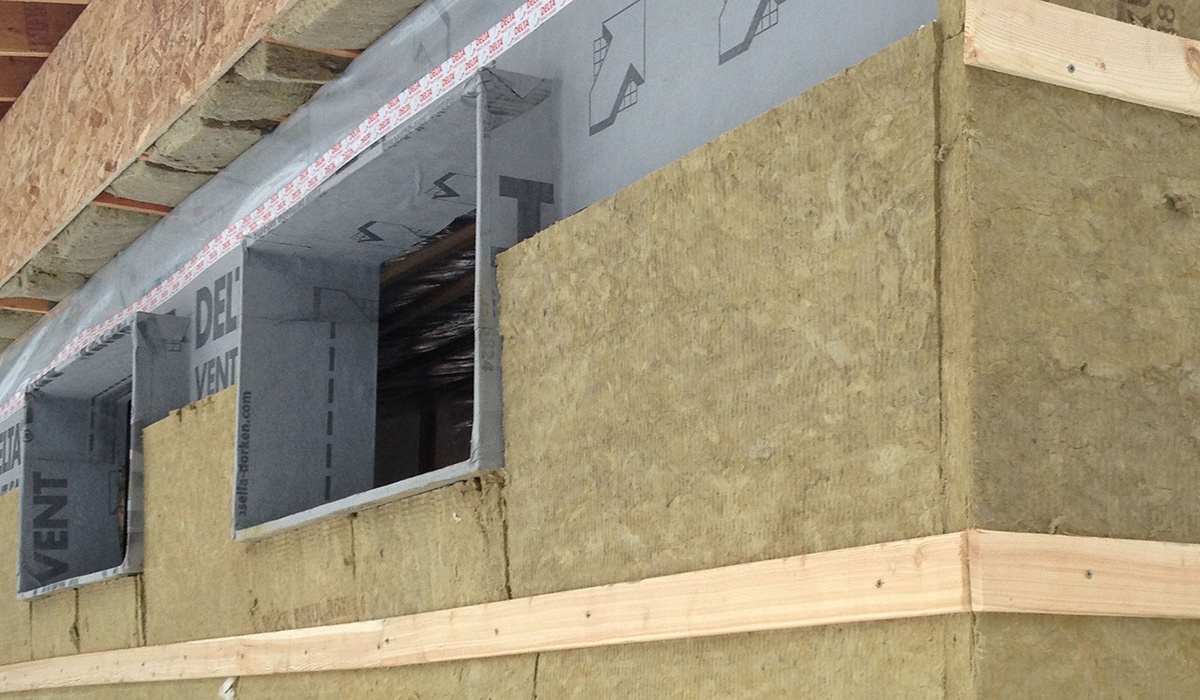

Articles
How Much Insulation Do I Need In My Walls
Modified: December 7, 2023
Discover the perfect amount of insulation for your walls with our informative articles. Learn how to achieve optimal energy efficiency and comfort in your home.
(Many of the links in this article redirect to a specific reviewed product. Your purchase of these products through affiliate links helps to generate commission for Storables.com, at no extra cost. Learn more)
Introduction
When it comes to creating a comfortable and energy-efficient home, insulation plays a crucial role. Insulating your walls is a key step in reducing heat loss or gain, lowering energy bills, and maintaining a consistent indoor temperature. Whether you are building a new home or looking to improve the energy efficiency of your existing one, understanding how much insulation you need in your walls is essential.
Insulation acts as a barrier, preventing the transfer of heat between the inside and outside of your home. In colder climates, it helps to keep the warmth inside during the winter months, while in warmer climates, it keeps the heat out, ensuring a cooler interior. Proper insulation also helps to reduce noise transmission and can contribute to better indoor air quality.
Before determining how much insulation you need, it’s important to consider several factors. These include the climate in which you live, the type of construction materials used in your walls, and any specific building codes or regulations in your area. Additionally, the R-value of the insulation you choose will play a significant role in determining its effectiveness.
In this article, we will explore the importance of insulation in walls, discuss factors to consider when determining insulation needs, explain the concept of R-value, provide recommended insulation levels for different climates, guide you on calculating the amount of insulation required, discuss common types of wall insulation, help you choose the right insulation material, provide insights on installing insulation in walls, and highlight the benefits of properly insulating your walls.
By the end of this article, you will have a comprehensive understanding of how much insulation you need in your walls and the steps you can take to increase the energy efficiency and comfort of your home.
Key Takeaways:
- Properly insulating your walls is essential for creating a comfortable, energy-efficient, and sustainable home. Understanding factors like R-value and insulation types can help you make informed decisions for optimal thermal performance.
- By investing in high-quality insulation and considering factors like climate, building codes, and installation methods, you can enjoy benefits such as energy savings, enhanced comfort, and improved indoor air quality. Proper insulation is a valuable long-term investment in your home’s sustainability.
Understanding the Importance of Insulation in Walls
Insulation in walls is a critical component of any well-designed and energy-efficient home. It plays a crucial role in maintaining a comfortable indoor temperature, reducing energy consumption, and protecting the structural integrity of the building.
One of the primary functions of wall insulation is to minimize heat transfer. In cold climates, insulation helps to keep the warmth inside by preventing the cold air from infiltrating the interior. Conversely, in hot climates, it acts as a barrier to prevent the heat from entering your home, keeping the interior cool and comfortable.
Insulation in walls also helps to reduce energy consumption and lower utility bills. By creating a thermal barrier, it helps to maintain a consistent indoor temperature, reducing the need for excessive heating or cooling. This not only saves money but also reduces the strain on HVAC systems, increasing their lifespan and efficiency.
Another significant advantage of wall insulation is its ability to reduce noise transmission. Insulation materials with sound-absorbing properties can minimize the transfer of sound waves through the walls, creating a quieter and more peaceful indoor environment. This is particularly beneficial for homes located in busy urban areas or near noisy neighbors.
Furthermore, wall insulation contributes to better indoor air quality. Insulation helps to seal gaps and cracks in walls, preventing drafts and the infiltration of outdoor pollutants such as dust, pollen, and allergens. By creating a more airtight envelope, insulation helps to maintain a healthier and cleaner living space, particularly for individuals with respiratory conditions or allergies.
Proper insulation in walls also helps to protect the structural integrity of the building. By reducing the effects of moisture condensation and dampness, insulation helps to prevent the growth of mold and rot. This can significantly extend the lifespan of the walls and improve the overall durability of the structure.
Ultimately, investing in high-quality insulation for your walls is not just about saving money on energy bills; it is about creating a comfortable, sustainable, and healthier living environment. Whether you are constructing a new home or renovating an existing one, prioritizing insulation in your walls is a wise long-term decision that will bring numerous benefits.
Factors to Consider when Determining Insulation Needs
When determining the insulation needs for your walls, several factors should be taken into consideration. Each of these factors plays a significant role in determining the appropriate level of insulation required for optimal energy efficiency and comfort. Let’s explore these factors in more detail:
1. Climate: The climate in which you live has a direct impact on the amount and type of insulation needed. In colder regions, where heating dominates, thicker insulation with higher R-values is recommended to keep the heat inside. In warmer regions, where cooling is a priority, insulation that prevents heat gain from the outside is crucial.
2. Building Codes and Regulations: It’s essential to understand the specific building codes and regulations in your area. Different regions may have varying requirements regarding insulation levels and materials. Consult with local authorities or building professionals to ensure compliance with these standards.
3. Construction Materials: The type of construction materials used in your walls, such as wood, concrete, or steel, can impact insulation needs. Different materials conduct heat differently, requiring specific insulation solutions to optimize thermal performance.
4. Wall Thickness: The thickness of your walls can determine the amount and type of insulation needed. Thicker walls provide more space for insulation, allowing for higher R-value products. In contrast, thinner walls may require special insulation options to achieve the desired level of thermal resistance.
5. Wall Cavities and Framing: The presence of wall cavities, openings, and structural elements like studs can impact insulation installation. It’s crucial to consider these factors to ensure that insulation is properly installed, avoiding gaps that can compromise its effectiveness.
6. Moisture and Ventilation: Moisture control and proper ventilation are integral parts of insulation. Moisture build-up can lead to mold growth, compromising indoor air quality and the lifespan of the insulation. Understanding how to address moisture and ventilation concerns when installing insulation is essential.
7. Long-Term Goals and Budget: Consider your long-term goals and budget when determining insulation needs. Quality insulation may require a higher upfront investment but can provide significant energy savings and comfort benefits over time. Balancing your budget with the desired energy efficiency improvements is crucial.
By considering these factors, you can make informed decisions regarding the type, thickness, and amount of insulation needed for your walls. It’s always advisable to consult with insulation professionals or energy auditors who can provide expert guidance based on your specific needs and circumstances.
R-Value Explained
When determining the insulation needs for your walls, understanding the concept of R-value is crucial. R-value measures the thermal resistance of an insulation material and indicates how well it can resist the transfer of heat. The higher the R-value, the more effective the insulation is at preventing heat transfer.
R-value is determined by various factors, including the type of insulation, its thickness, and density. It is a standardized metric that allows homeowners and professionals to compare the thermal performance of different insulation materials.
The calculation of R-value takes into account the conductive heat flow through the insulation. It measures how easily heat can pass through a particular material. Insulation with a higher R-value reduces the rate of heat transfer and improves the energy efficiency of your home.
It’s important to note that R-value is additive. This means that if you have multiple layers of insulation, each with its own R-value, you can simply add them together to determine the overall R-value. For example, if you have an existing insulation layer in your walls with an R-value of 10 and you add a new layer with an R-value of 20, the total R-value would be 30.
When considering the appropriate R-value for your walls, it’s crucial to take into account factors like the climate in which you live and the specific building codes and regulations in your area. The recommended R-value may vary depending on these factors. For example, colder regions typically require higher R-values to provide better insulation against the cold. Similarly, regions with hot climates may place a greater emphasis on preventing heat gain, necessitating insulation with a high R-value.
It’s also essential to consider the overall energy efficiency goals for your home and how upgrading the insulation in your walls can contribute to those goals. Investing in insulation with a higher R-value may have a more significant initial cost but can lead to substantial energy savings over time, reducing heating and cooling expenses.
When selecting insulation materials, consider both the R-value and other properties such as fire resistance, moisture resistance, and environmental impact. Understanding the R-value of your chosen insulation material will help you make informed decisions to achieve the desired thermal performance in your walls.
Remember, R-value is an important aspect of insulation, but it’s not the only factor to consider. Consulting with insulation professionals or energy auditors can provide valuable guidance to ensure that the selected insulation materials and their corresponding R-values align with your specific needs and goals.
Recommended Insulation Levels for Different Climates
The recommended insulation levels for walls can vary based on the climate in which you reside. The goal is to achieve optimal thermal performance and energy efficiency for your home. Let’s explore the general guidelines for different climates:
- Cold Climates: In regions with cold climates, such as northern parts of the United States and Canada, it is essential to prioritize insulation to keep the warmth inside. The recommended insulation level for walls is typically between R-13 and R-21. This can be achieved with insulation materials like fiberglass batts or blown-in cellulose insulation.
- Moderate Climates: In moderate climates with mild winters and moderate summer temperatures, such as parts of the southern United States or coastal regions, the recommended wall insulation levels generally range from R-13 to R-15. This can be achieved using materials like fiberglass batts, rigid foam boards, or spray foam insulation.
- Hot Climates: In regions with hot climates and high cooling demands, such as the desert areas or southern states, the focus is on preventing heat gain from the outside. The recommended wall insulation levels typically range from R-13 to R-19. Special attention should be given to insulating materials with reflective properties, like radiant barriers or foam sheathing, to minimize heat transfer into the home.
It’s important to note that these insulation levels are general recommendations and can vary depending on specific building codes and regulations in your area. Additionally, factors such as the construction type, wall thickness, and desired energy efficiency goals should also be considered when determining the appropriate insulation level for your walls.
Consulting with insulation professionals or energy auditors can provide valuable insights tailored to your specific climate and home. They can conduct energy assessments and provide recommendations on the most suitable insulation materials and R-values to optimize energy efficiency and comfort within your budget.
Keep in mind that insulation is not limited to walls alone. Other areas, such as attics, basements, and crawl spaces, should also be properly insulated to achieve comprehensive energy efficiency. By ensuring that your home is well-insulated throughout, you can create a comfortable living space that is both energy-efficient and environmentally friendly.
Read more: How Much Insulation Do I Need For Attic
Calculating the Amount of Insulation Required
Calculating the amount of insulation required for your walls is an essential step in ensuring that you achieve the desired level of thermal performance and energy efficiency. Here are some steps to help you determine the right amount of insulation:
1. Measure the Walls: Start by measuring the dimensions of the walls you plan to insulate. Measure the length and height of each wall and multiply the two values together to get the total square footage.
2. Determine the Stud Spacing: Find out the spacing between the studs in your walls. In most residential construction, studs are typically spaced 16 inches or 24 inches apart. This information is important for determining the amount of insulation needed to fill the wall cavity correctly.
3. Calculate the Wall Cavity Volume: Multiply the total square footage of your walls by the depth of the wall cavity. The depth can vary depending on the studs’ thickness and the type of insulation you plan to use. For example, if you have 2×4 studs with a depth of 3.5 inches, and plan to use insulation batts, the wall cavity volume would be the total square footage multiplied by 3.5 inches.
4. Adjust for Studs and Openings: Deduct the volume of any areas occupied by windows, doors, electrical outlets, or other openings in the wall. These areas won’t require insulation, so it’s crucial to account for them when calculating the amount needed.
5. Determine the Insulation Coverage: Each type of insulation has a different coverage area per package. For example, if you plan to use fiberglass batts with a coverage area of 64 square feet per package, divide your total wall cavity volume by 64 to determine the number of packages needed.
6. Consider Multiple Layers: If you plan to add multiple layers of insulation for increased thermal resistance, adjust your calculations accordingly. Add the R-values of each layer together and ensure that you have enough space in the wall cavity to accommodate the additional insulation.
7. Account for Waste and Overage: It’s advisable to factor in additional insulation for waste, trimming, and any unexpected issues that may arise during installation. Adding a 10% to 20% buffer can help ensure that you have enough insulation to complete the project without running out.
Remember to follow manufacturer guidelines and instructions specific to the insulation material you choose. These guidelines will provide you with information about proper installation techniques, safety precautions, and any additional requirements for achieving optimal results.
If you are unsure about the calculations or want to ensure accurate results, it’s recommended to consult with insulation professionals or energy auditors. They can provide expert advice and assist you in determining the precise amount of insulation required for your specific project.
By carefully calculating the amount of insulation needed, you can avoid under-insulating or over-insulating your walls, ultimately maximizing energy efficiency, comfort, and cost-effectiveness.
The amount of insulation needed in your walls depends on factors such as climate, local building codes, and the type of insulation. Generally, a higher R-value provides better insulation. Consult with a professional to determine the best option for your specific needs.
Common Types of Wall Insulation
There are several types of insulation materials available for insulating walls, each with its own advantages and characteristics. Understanding the different types can help you make an informed decision based on factors such as thermal performance, cost, environmental impact, and installation method. Here are some of the most common types of wall insulation:
- Fiberglass Batts: Fiberglass batts are one of the most widely used insulation materials. They are made of fine glass fibers and come in pre-cut panels or rolls. Fiberglass batts are relatively easy to install between wall studs and offer good thermal performance. They are also cost-effective and widely available.
- Spray Foam Insulation: Spray foam insulation is a versatile option that can be applied in liquid form and expands into a solid foam. It provides an airtight seal, helping to prevent air leakage and moisture infiltration. Spray foam insulation offers excellent thermal performance and can be used in both new construction and retrofit projects. However, professional installation is typically required.
- Blown-in Cellulose Insulation: Blown-in cellulose insulation is made from recycled paper treated with fire-retardant chemicals. It is installed by blowing the loose-fill insulation into wall cavities using specialized equipment. Blown-in cellulose provides good thermal performance, sound insulation, and resistance to airflow. It is also an environmentally friendly option.
- Mineral Wool Insulation: Mineral wool insulation, also known as rock wool or slag wool, is made from molten rock or industrial by-products. It is available in batts or loose-fill form and offers excellent fire resistance and sound absorption properties. Mineral wool insulation is moisture-resistant and provides good thermal insulation.
- Rigid Foam Insulation: Rigid foam insulation is a lightweight and durable option ideal for applications where space is limited. It comes in rigid panels or boards made from materials like polystyrene, polyisocyanurate, or polyurethane. Rigid foam offers high R-values and can be used for both new construction and retrofit projects. It provides excellent thermal resistance and moisture resistance.
- Reflective Insulation: Reflective insulation is typically composed of foil-faced materials that reflect radiant heat. It works by creating a radiant barrier, reducing heat transfer by reflecting the heat back away from the surface. Reflective insulation is commonly used in hot climates to prevent heat gain but can also be used in combination with other types of insulation.
It’s important to note that the suitability of each insulation type may vary based on factors such as climate, building codes, wall construction, and personal preferences. Considering factors like R-value, installation method, long-term performance, and environmental impact can help you choose the right insulation material for your specific needs.
For optimal results, it’s recommended to consult with insulation professionals or energy auditors who can provide expert advice and recommend the most suitable insulation material based on your requirements and budget. They can also ensure proper installation to maximize the effectiveness and energy efficiency of your wall insulation.
Choosing the Right Insulation Material
Choosing the right insulation material for your walls is crucial to ensure optimal thermal performance, energy efficiency, and overall comfort in your home. With various options available, it’s important to consider several factors to make an informed decision. Here are some key factors to consider when selecting insulation material:
1. Thermal Performance: Evaluate the insulation material’s thermal resistance or R-value. Choose a material with a suitable R-value for your climate. Remember that higher R-values provide better insulation against heat transfer.
2. Installation Method: Consider the ease of installation and whether you will be hiring professionals or undertaking the installation yourself. Some insulation materials, like fiberglass batts, can be installed as a DIY project, while others, such as spray foam insulation, may require professional expertise.
3. Moisture Resistance: Assess the insulation material’s resistance to moisture. Moisture-related issues can lead to mold growth and degradation of insulation performance. Materials like closed-cell spray foam or mineral wool have good moisture resistance properties.
4. Fire Resistance: Consider the fire resistance properties of the insulation material. Some materials, like mineral wool, offer excellent fire resistance, which can enhance the safety of your home.
5. Environmental Impact: Take into account the environmental impact of the insulation material. Look for options that are made from recycled materials or have a low embodied energy. Additionally, consider the potential for recycling or disposal at the end of the material’s lifespan.
6. Soundproofing Abilities: If soundproofing is a concern, select an insulation material with good sound-absorbing properties. Materials like mineral wool or certain types of spray foam insulation can help reduce noise transmission.
7. Cost-effectiveness: Evaluate the cost-effectiveness of the insulation material. Compare the initial cost with the long-term energy savings it can provide. Keep in mind that materials with higher R-values or special properties may come at a higher upfront cost but can result in significant energy savings over time.
8. Compatibility with Wall Construction: Consider whether the insulation material is suitable for your specific wall construction. Some materials, like rigid foam insulation, may require additional considerations if used in certain wall systems. Ensure the insulation material will work well with your existing or planned wall construction.
9. Building Code Compliance: Verify that the chosen insulation material meets the building code requirements in your area. Local codes may specify minimum R-values or specific insulation materials that must be used for compliance.
By carefully considering these factors, you can choose an insulation material that aligns with your needs, budget, and sustainability goals. Consulting with insulation professionals or energy auditors can provide valuable guidance and ensure that you select the right insulation material for your unique situation.
Remember, it’s not just about selecting the best insulation material but also about proper installation. Ensure that the insulation is correctly installed according to the manufacturer’s guidelines and any building code requirements to maximize its effectiveness.
Installing Insulation in Walls
Proper installation of insulation in your walls is crucial to achieve optimal performance and energy efficiency. Whether you’re insulating new walls or retrofitting existing ones, following the correct installation process is essential. Here are some steps to consider when installing insulation in walls:
1. Prepare the Work Area: Clear the work area of any obstructions, including furniture and wall decorations. Ensure that the walls are clean and free from dust, debris, and moisture that could affect the insulation’s performance.
2. Choose the Right Insulation Type: Select the appropriate insulation material based on factors such as your climate, desired R-value, and specific wall construction. Ensure that the insulation material is compatible with your wall system and meets local building code requirements.
3. Wear Protective Gear: Before handling and installing insulation, put on protective gear such as gloves, safety goggles, and a dust mask. This will protect you from irritants and ensure your safety during the installation process.
4. Measure and Cut Insulation: Measure the length required for each section of insulation, taking into account any obstacles such as electrical outlets or windows. Use a sharp utility knife or insulation cutting tool to cut the insulation to the appropriate length and width. Ensure a snug fit within the wall cavity.
5. Install Insulation Batts: If using insulation batts, insert them into the wall cavities between the studs. Press the batts firmly, ensuring they fill the entire cavity without compressing or leaving gaps. Use a utility knife to trim excess insulation if needed.
6. Insulate Around Electrical Outlets and Fixtures: Pay special attention to insulating around electrical outlets and light fixtures. Use pre-cut insulation pieces designed for such areas or carefully cut and fit insulation around them, ensuring there are no gaps. Maintain proper clearance and safety precautions around electrical components.
7. Seal Air Leaks: Inspect for any gaps, cracks, or air leaks around the insulation. Use caulk or foam sealant to seal any openings or penetrations that may compromise the effectiveness of the insulation. This will help improve the airtightness of the walls and prevent energy loss.
8. Follow Manufacturer Guidelines: It is important to follow the manufacturer’s installation guidelines for your specific insulation material. These guidelines may include recommendations for installation temperatures, fastening methods, and safety precautions. Adhering to these instructions will ensure proper installation and avoid any potential issues.
9. Hire Professionals if Needed: While many homeowners can handle insulation installation as a DIY project, complex wall systems or specific insulation types may require professional expertise. If you are uncertain about the process or have concerns about challenging areas, it’s best to consult insulation professionals who can ensure proper installation.
Remember, ensuring a properly insulated wall also involves addressing other areas such as windows, doors, and any gaps or cracks that may allow air infiltration. Comprehensive insulation projects may require insulation professionals or energy auditors to assess your home and provide expert guidance.
By following these installation steps and being attentive to detail, you can achieve effective insulation in your walls, contributing to improved thermal comfort, energy efficiency, and a more sustainable home.
Read more: How Much Blown-In Insulation Do I Need
Benefits of Properly Insulating Walls
Properly insulating your walls offers a multitude of benefits that can significantly improve the comfort, energy efficiency, and overall quality of your home. Here are some key advantages of investing in proper wall insulation:
1. Energy Efficiency: One of the primary benefits of insulation is improved energy efficiency. Insulating your walls reduces the transfer of heat through the building envelope, making it easier to maintain a comfortable indoor temperature. This reduces your reliance on heating and cooling systems, leading to lower energy consumption and reduced utility bills.
2. Enhanced Comfort: Insulation helps to regulate the temperature within your home, creating a more comfortable living environment. It prevents heat loss during colder months and minimizes heat gain during hotter months, ensuring a consistent and pleasant indoor temperature throughout the year. Insulation also helps to reduce drafts and cold spots, making your living spaces more comfortable.
3. Noise Reduction: Properly insulated walls can help minimize noise transmission from outside sources and between rooms within your home. Insulation materials with sound-absorbing properties, such as mineral wool or certain types of foam insulation, can significantly reduce unwanted noise, creating a quieter and more peaceful living environment.
4. Improved Indoor Air Quality: Insulation helps to create a more airtight envelope, reducing the infiltration of outdoor pollutants, dust, and allergens. This can lead to improved indoor air quality and a healthier living environment, particularly for individuals with respiratory conditions or allergies.
5. Reduced Carbon Footprint: By reducing your energy consumption, proper wall insulation helps to lower your carbon footprint. Using less energy for heating and cooling reduces greenhouse gas emissions associated with energy production, contributing to a more sustainable and environmentally friendly home.
6. Long-Term Cost Savings: While the upfront cost of insulation installation can vary, the long-term cost savings are substantial. Lower energy bills resulting from improved energy efficiency can offset the initial investment in insulation. Over time, the savings can accumulate, making insulation a cost-effective choice for homeowners.
7. Increased Property Value: Proper insulation is an attractive feature for potential homebuyers. It demonstrates that your home is energy-efficient and can help increase its resale value. Insulation is considered a valuable investment that adds to the overall appeal and marketability of your property.
8. Durability and Protection: Insulation helps to protect your walls from moisture condensation, preventing the growth of mold, mildew, and deterioration. It acts as a barrier, reducing the risk of damage to the structural integrity of your home. Insulation can also help reduce thermal stress on your walls, extending their lifespan.
9. Environmental Benefits: By reducing energy consumption, proper insulation plays a role in environmental conservation. It helps conserve natural resources by decreasing the demand for energy production. Additionally, many insulation materials are now available with recycled content, further minimizing environmental impact.
Proper insulation in your walls is a wise investment that brings a range of benefits. From energy savings and increased comfort to improved indoor air quality and reduced environmental impact, insulation contributes to creating a more sustainable and enjoyable living space.
Conclusion
Insulating the walls of your home is a crucial step towards creating a comfortable, energy-efficient, and sustainable living environment. By properly insulating your walls, you can reduce heat loss or gain, lower energy consumption, enhance indoor comfort, and enjoy a host of other benefits.
Understanding the importance of insulation in walls and considering factors such as climate, building codes, and construction materials are essential in determining the insulation needs and selecting the right materials. The concept of R-value helps in choosing materials with the desired thermal resistance, while recommended insulation levels for different climates provide a starting point for achieving optimal energy efficiency.
Calculating the amount of insulation required and choosing the appropriate insulation material based on factors like thermal performance, installation method, moisture resistance, and environmental impact are crucial steps in the insulation process. Installing insulation correctly in walls ensures its effectiveness, helps seal air leaks, and improves overall energy efficiency.
The benefits of properly insulating walls are manifold. It leads to improved energy efficiency, reduced utility bills, enhanced indoor comfort, minimized noise transmission, better indoor air quality, and a reduced carbon footprint. Additionally, insulation offers long-term cost savings, increased property value, durability, and protection for your home.
In conclusion, investing in proper wall insulation is a smart decision that brings numerous benefits for homeowners. By creating a well-insulated home, you can enjoy increased comfort, lower energy bills, and contribute to a more sustainable future. Consultation with insulation professionals or energy auditors can provide valuable expertise and guidance throughout the process, ensuring you achieve the maximum benefits of properly insulating your walls.
Frequently Asked Questions about How Much Insulation Do I Need In My Walls
Was this page helpful?
At Storables.com, we guarantee accurate and reliable information. Our content, validated by Expert Board Contributors, is crafted following stringent Editorial Policies. We're committed to providing you with well-researched, expert-backed insights for all your informational needs.
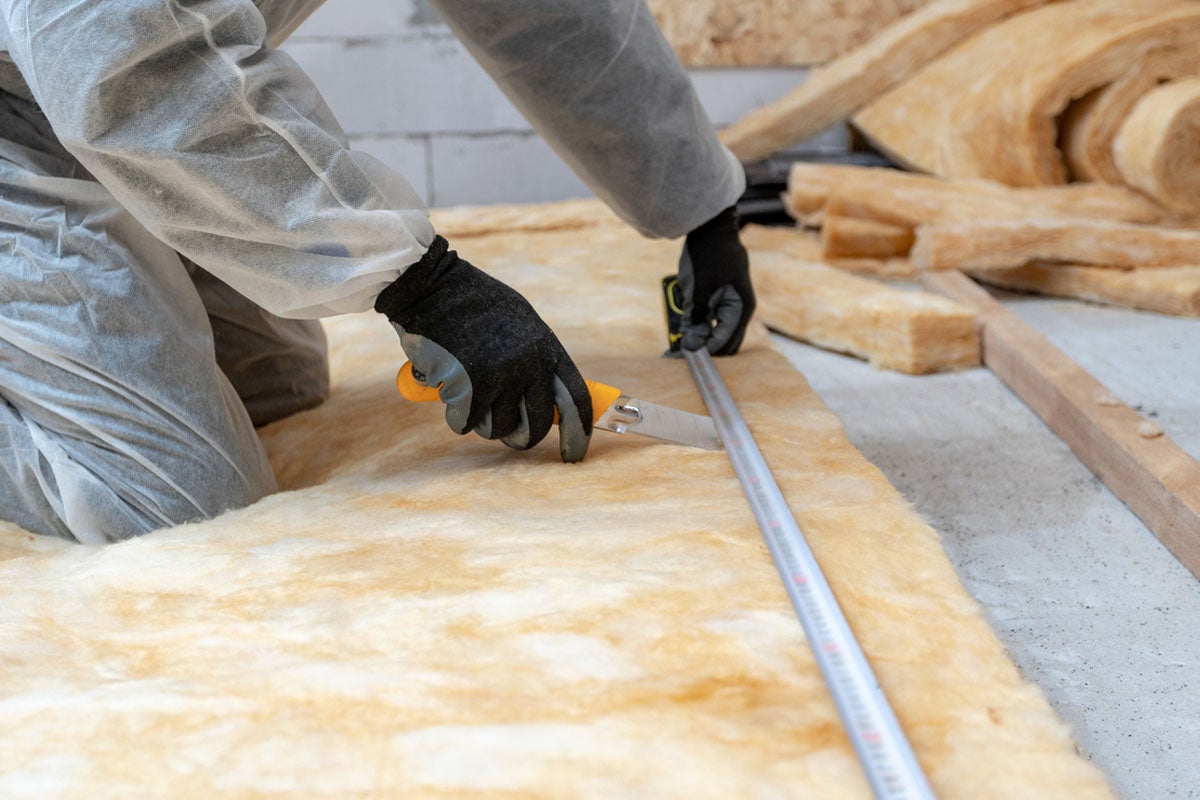
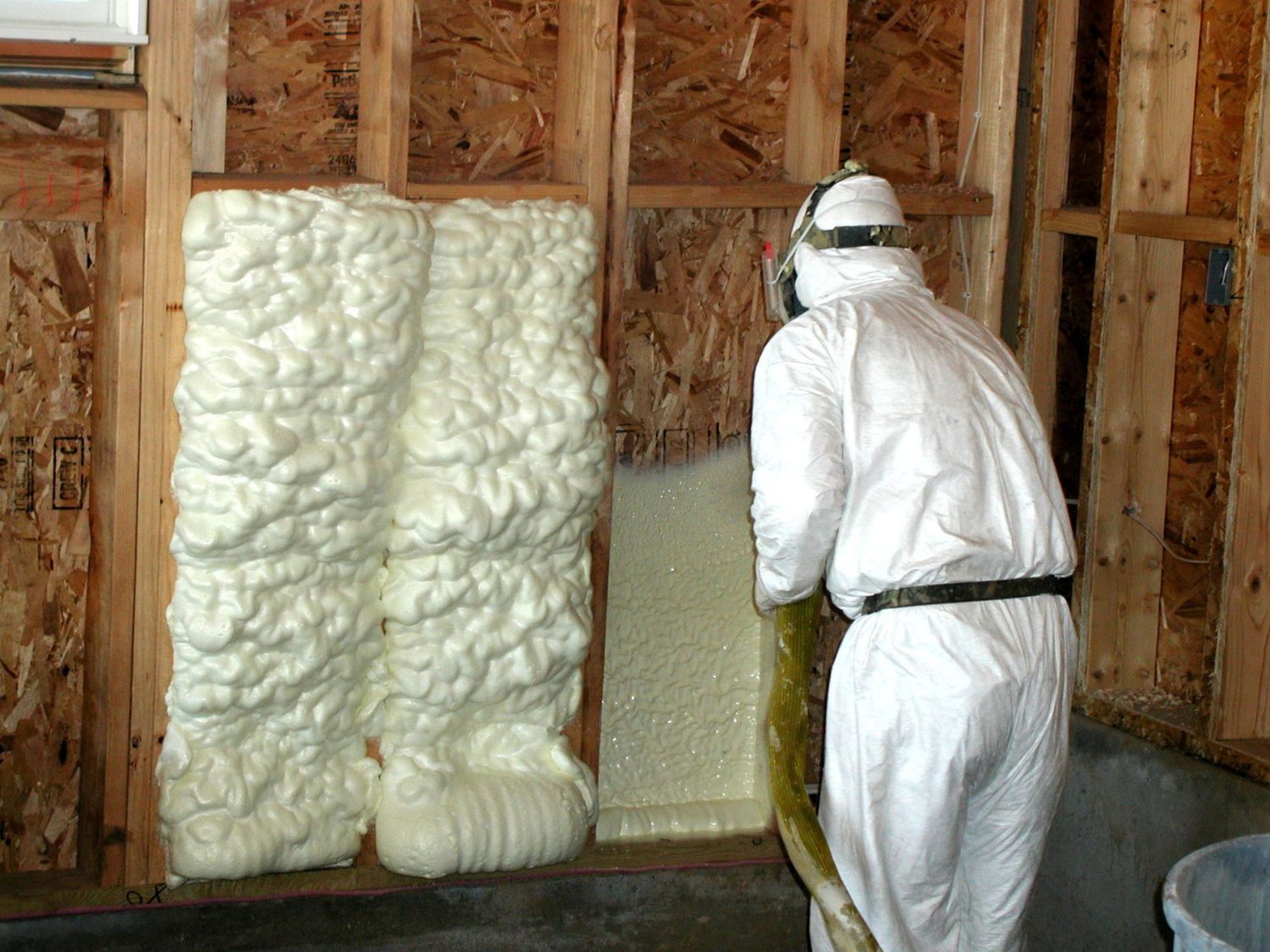
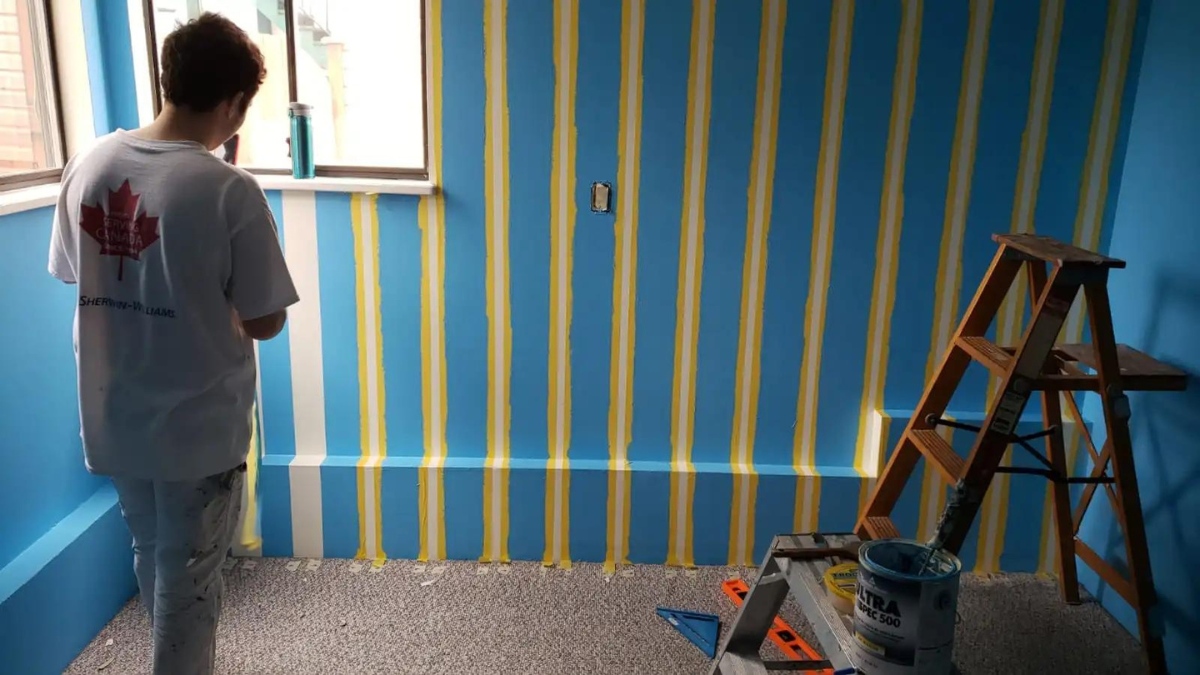
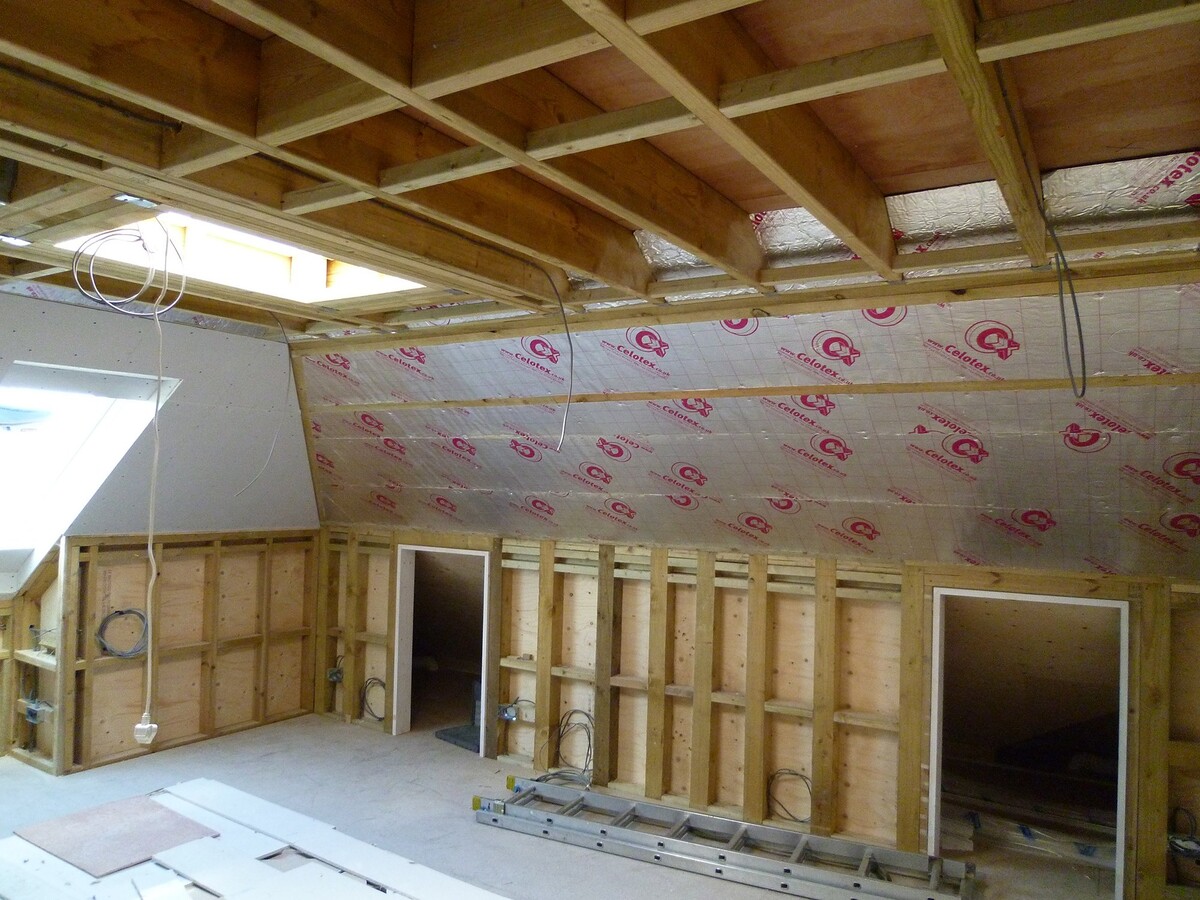
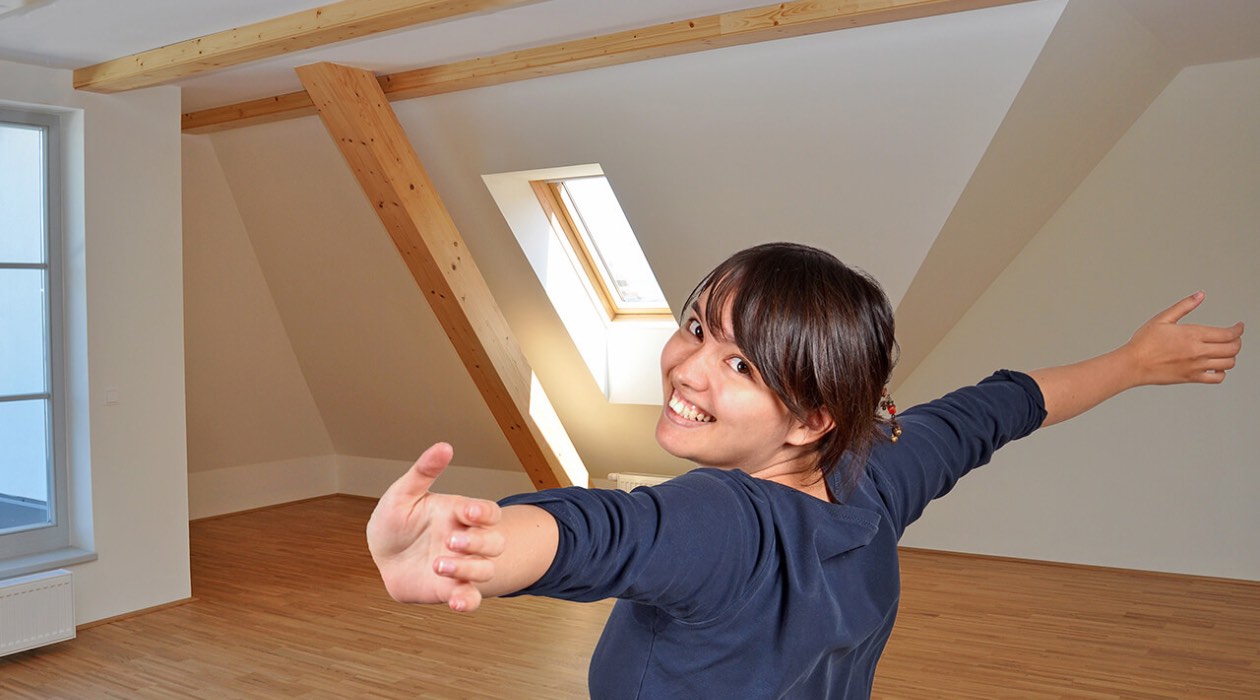
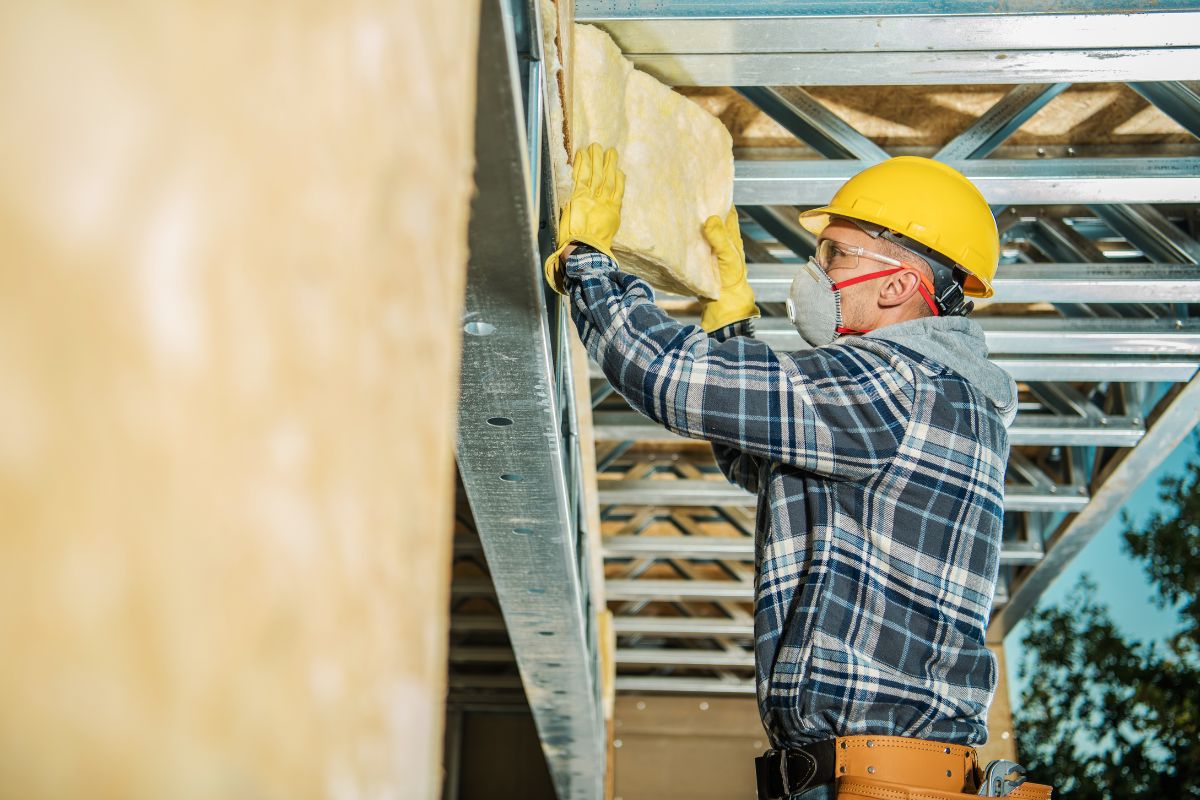
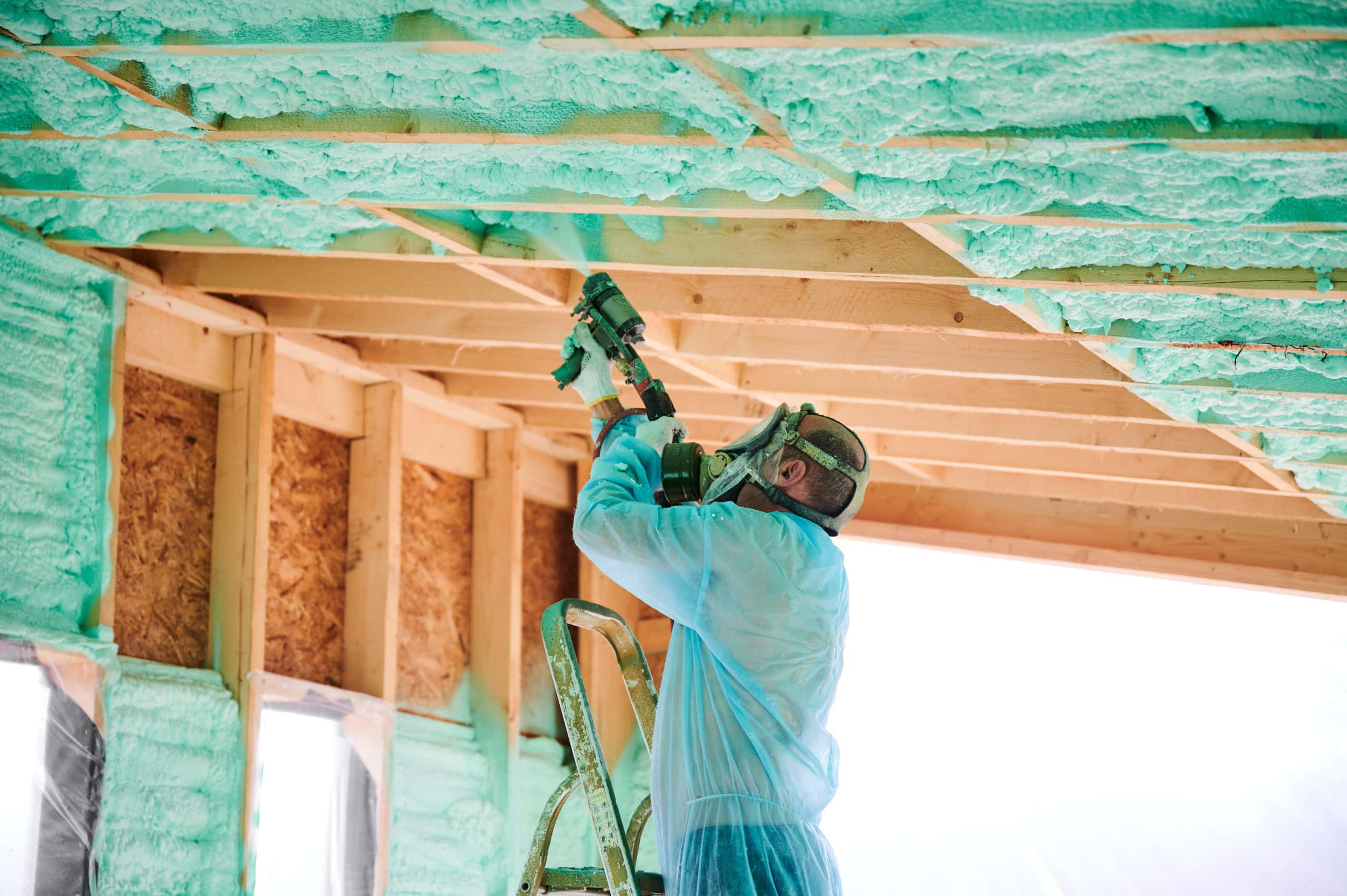
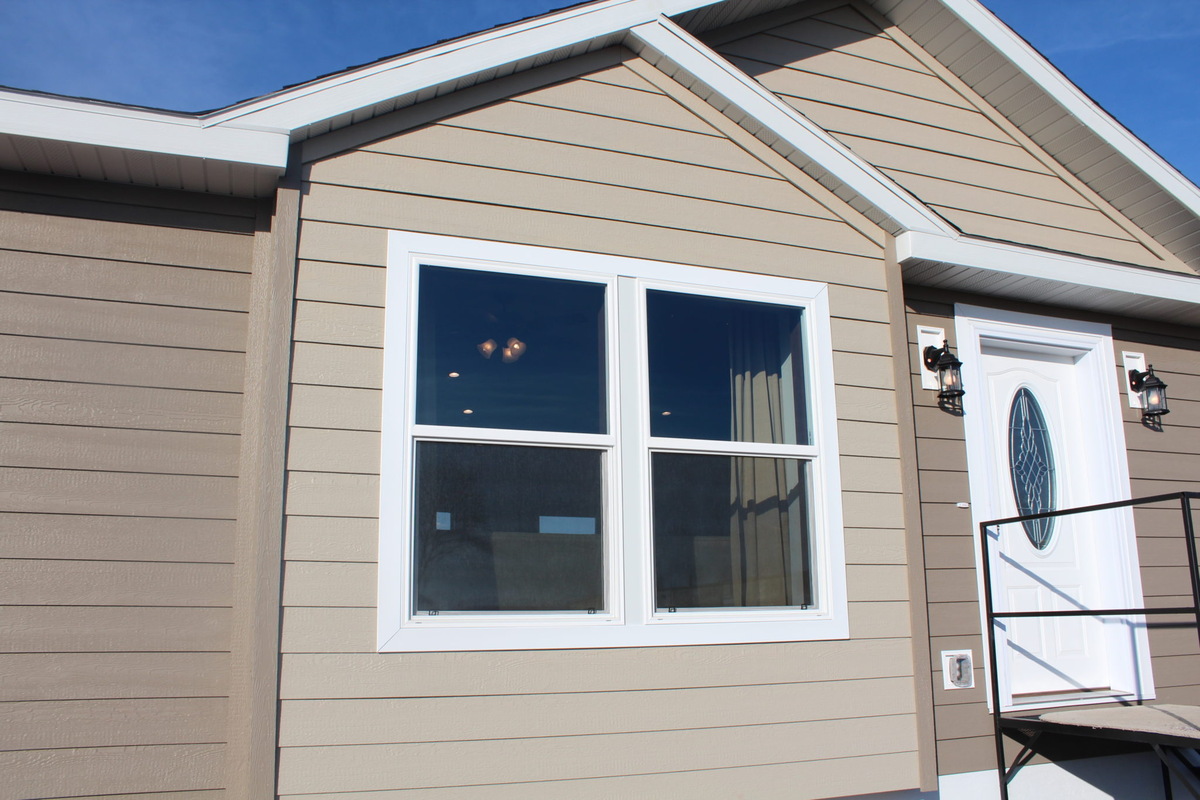

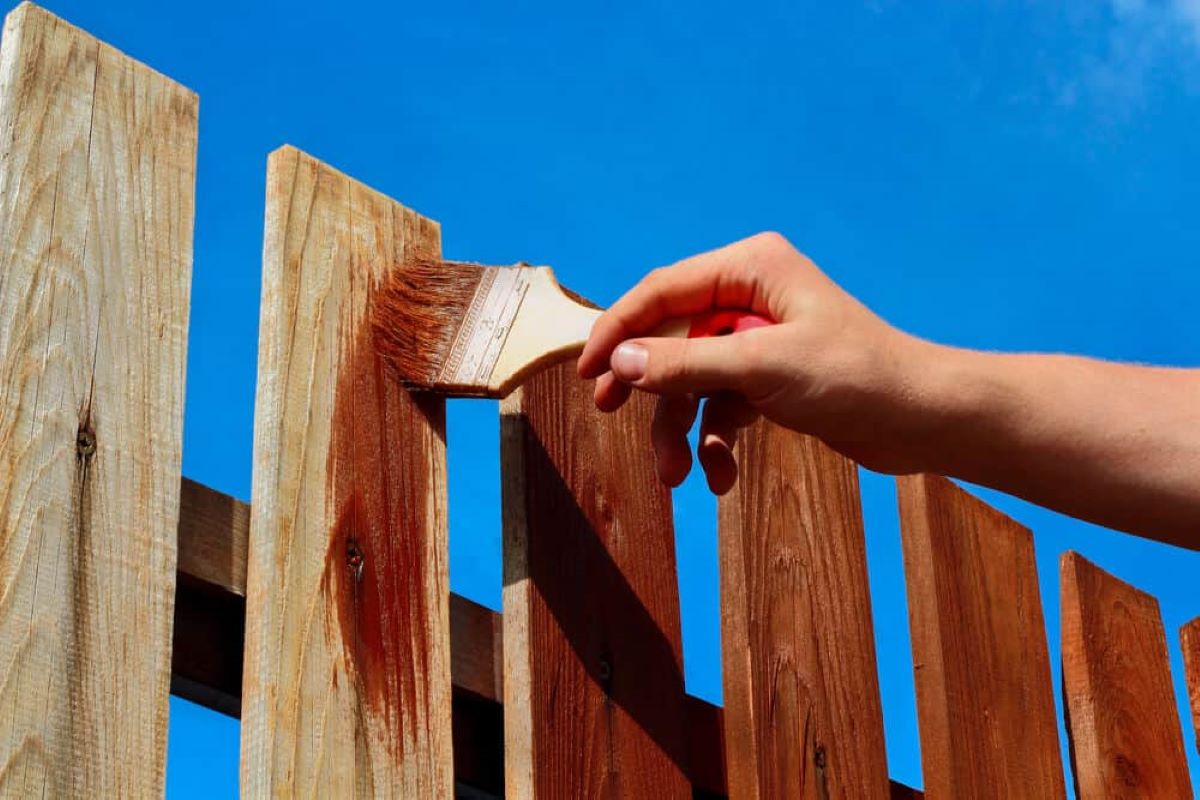
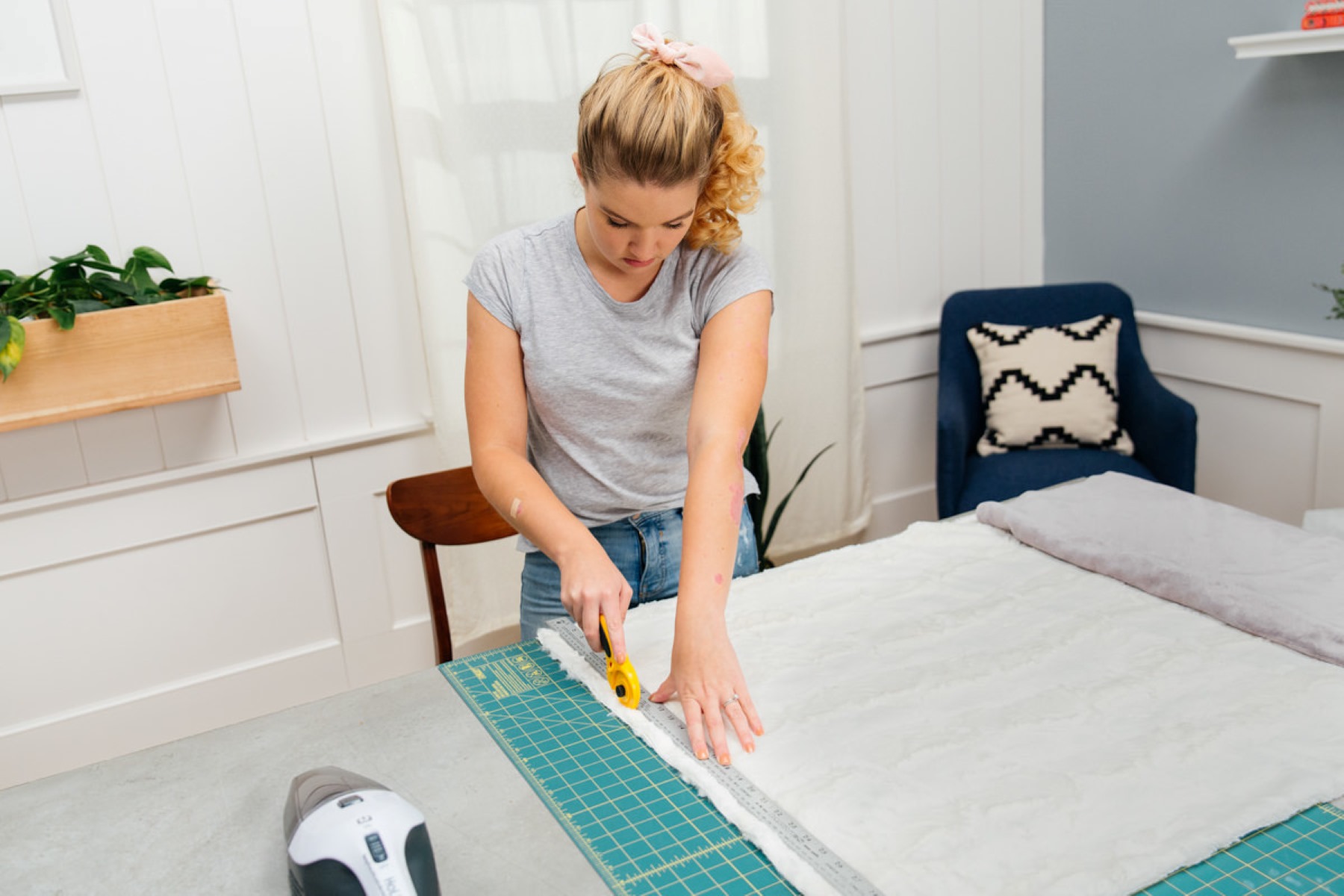
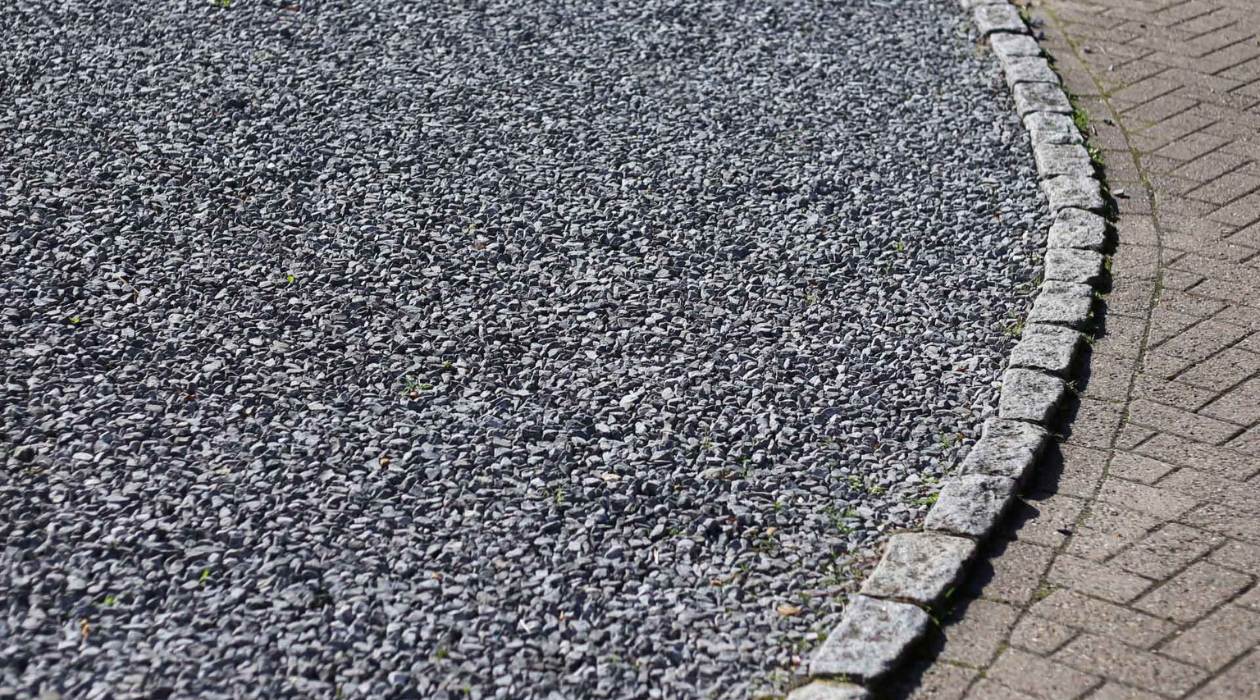


0 thoughts on “How Much Insulation Do I Need In My Walls”